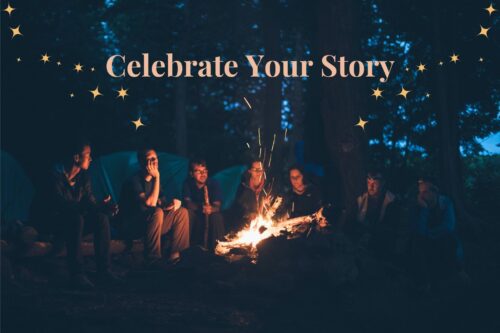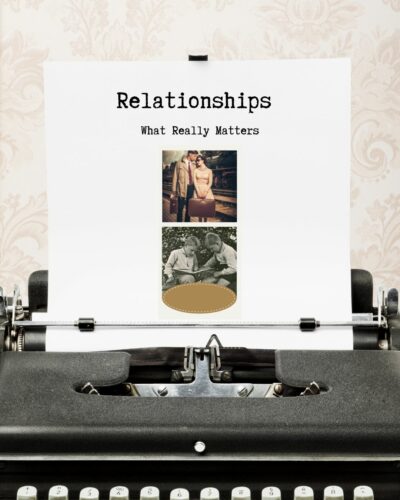
There’s something magical about autumn, isn’t there? October is my favorite time of year. As the world changes its colors and the air turns crisp, I’m drawn to look for the colorful details in old memories and stories. A simple walk through the swirling golden leaves of a local pecan orchard can bring back memories and moments I didn’t even realize I’d tucked away.
This season, I invite you to gather around (even if it’s just with a warm drink and your own thoughts) and let the spirit of autumn inspire your stories. What memories does this season awaken for you?
Let’s Spark Your Autumn Stories:
* What’s your most cherished autumn memory? Maybe it’s a childhood adventure in a pile of leaves or a pumpkin patch, or a family tradition that fills you with warm memories you still hold dear.
* Think about changing seasons throughout the year. Have these ever mirrored a transformation in your life?
* If you could capture the essence of fall in a single painting or photograph, what and who would it show?
A Personal Reflection
Let me share a story from my own autumn past: Every year as a child, my family would build backyard bonfires. We’d sit around in the crisp fall evenings, laughing, roasting hot dogs and marshmallows (I always lit mine on fire and still love them this way), and telling stories with friends and family. This fanned my love of stories into a flame. It was about togetherness, about letting go of summer and embracing the cooler days and coziness of fall.

(Photo courtesy Mike Erskine via Unsplash)
As I grew older, autumn became a time to reflect and reset, to let go like the shedding of leaves. I cherish this time of year. The simple fall rituals that anchor my days remind me that sometimes, letting go makes room for new growth.
I love this anonymous quote about autumn lessons:
Autumn shows us how beautiful it is to let things go. ~ Unknown
Isn’t that a comforting thought? Perhaps there’s an autumn moment in your life that has shaped who you are today. This is a great topic for a journal entry. Use it to celebrate your story, your journey.
Each chapter of our lives adds richness and color to our stories,
just like vibrant fall foliage.
What autumn stories are waiting inside you? Whether it’s a treasured family recipe, a lesson learned, or a snapshot of a golden afternoon, these memories are too precious to allow to fade. Embrace the changing seasons of your life and pick up pen and paper to explore your rich experiences and memories.
Ready to celebrate your story? Only you can tell it, and the world is waiting to listen. Sign up for the
Remembering the Time blog email list
and about twice a month, I’ll send you tips, prompts, and more inspiration to help you tell your story.
Perhaps you’re ready to explore sharing your story? Contact me for a free consult at kray@rememberingthetime.net. Or register for the free Celebrate Storytelling Journaling Circle to jump right in and begin journaling your personal history. We meet on Wednesdays on Zoom. I’d love to hear from you!






